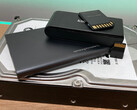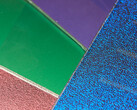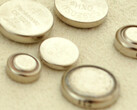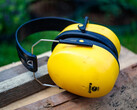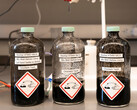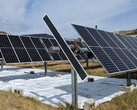The rate of expansion of solar installations is currently breathtaking. Worldwide, electricity yields are increasing by around 20 percent every year, meaning that huge numbers of photovoltaic systems will soon be in operation.
Instead of waiting a few more years until the mountains of outdated solar cells begin to grow menacingly, it would be wise to start looking for solutions to a looming problem. Just think of the blades of wind turbines, for which no thought was given to subsequent recycling for a long time.
So it's all the better that two Chinese universities have published a recent study introducing a remarkably simple, fast and environmentally friendly method. In particular, the crystalline solar cell itself can be broken down into its original elements.
First of all, components such as the aluminum frame and the protective glass cover can be removed. Both can easily be melted down and reused.
The cell is then separated from the silicon, silver and aluminum in an etching process. Basically, salt water is used here, albeit with a very high sodium and potassium content. Both can also be found in any mineral water.
This melt is heated to around 200 °C. The process takes just 180 seconds. After that, 98 percent of the silicon and 99 percent of the silver have been removed from the semiconductor plate. Copper, lead and tin can then be separated using a final electrolysis process. In the end, only a pure silicon wafer remains.
Compared to previous methods, the energy requirement is said to be reduced by a factor of 200. No toxic end products are produced, and all extracted elements and chemical compounds can subsequently be reused.
This would definitely be a considerable step forward and could make solar systems even more sustainable. Many a yogurt pot could take a leaf out of its book.






